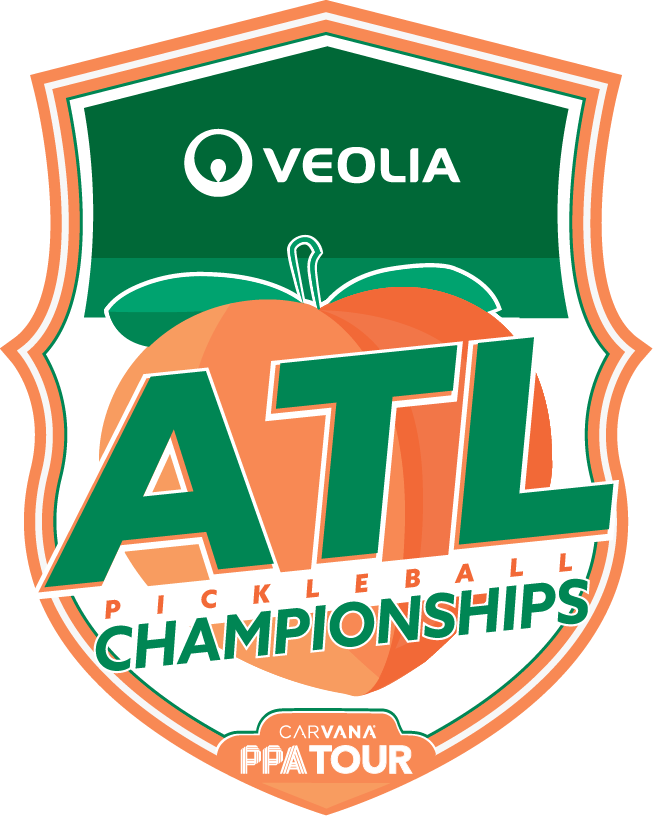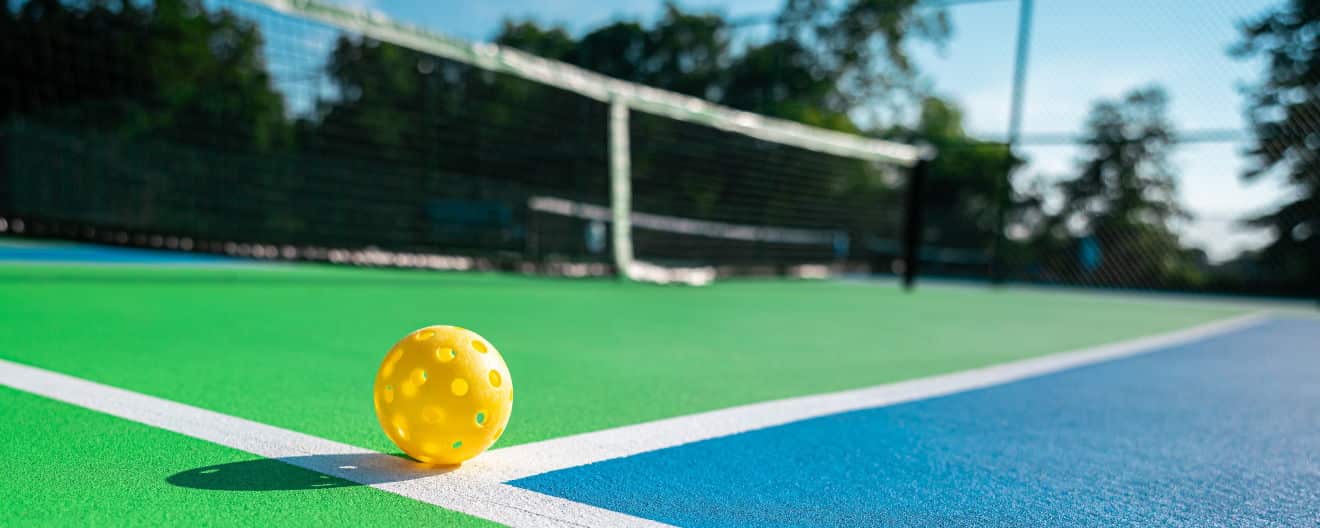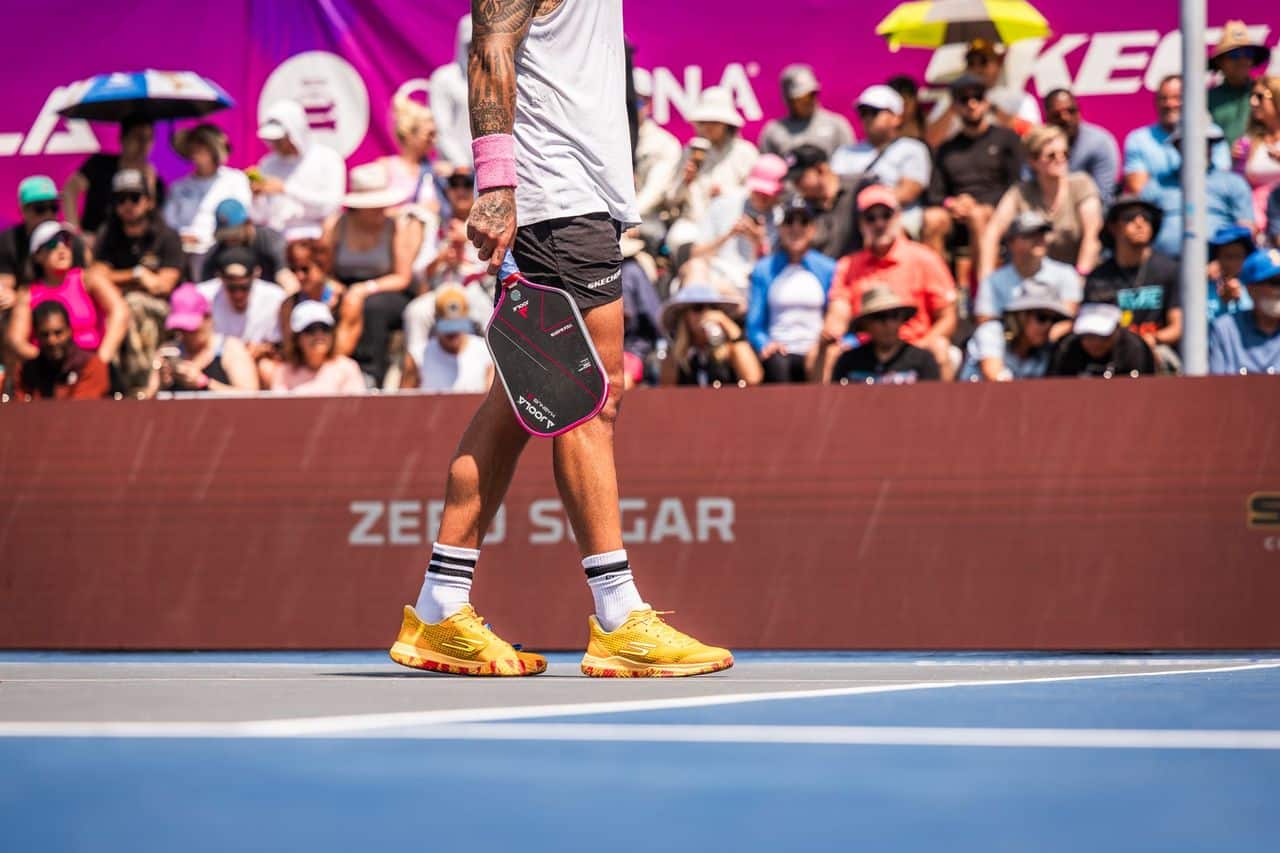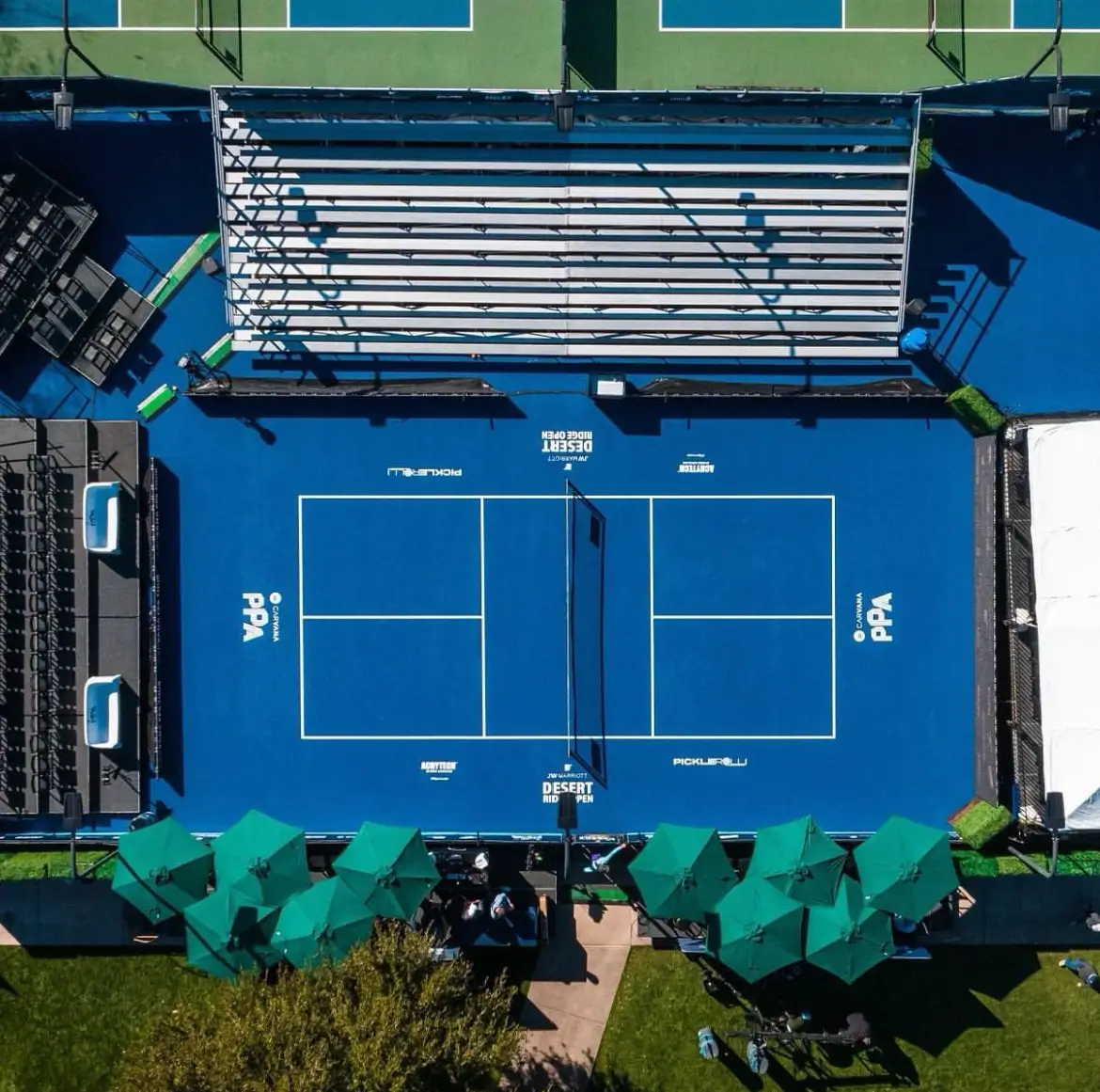What is the Most Important Shot in Pickleball?
| March 27, 2024
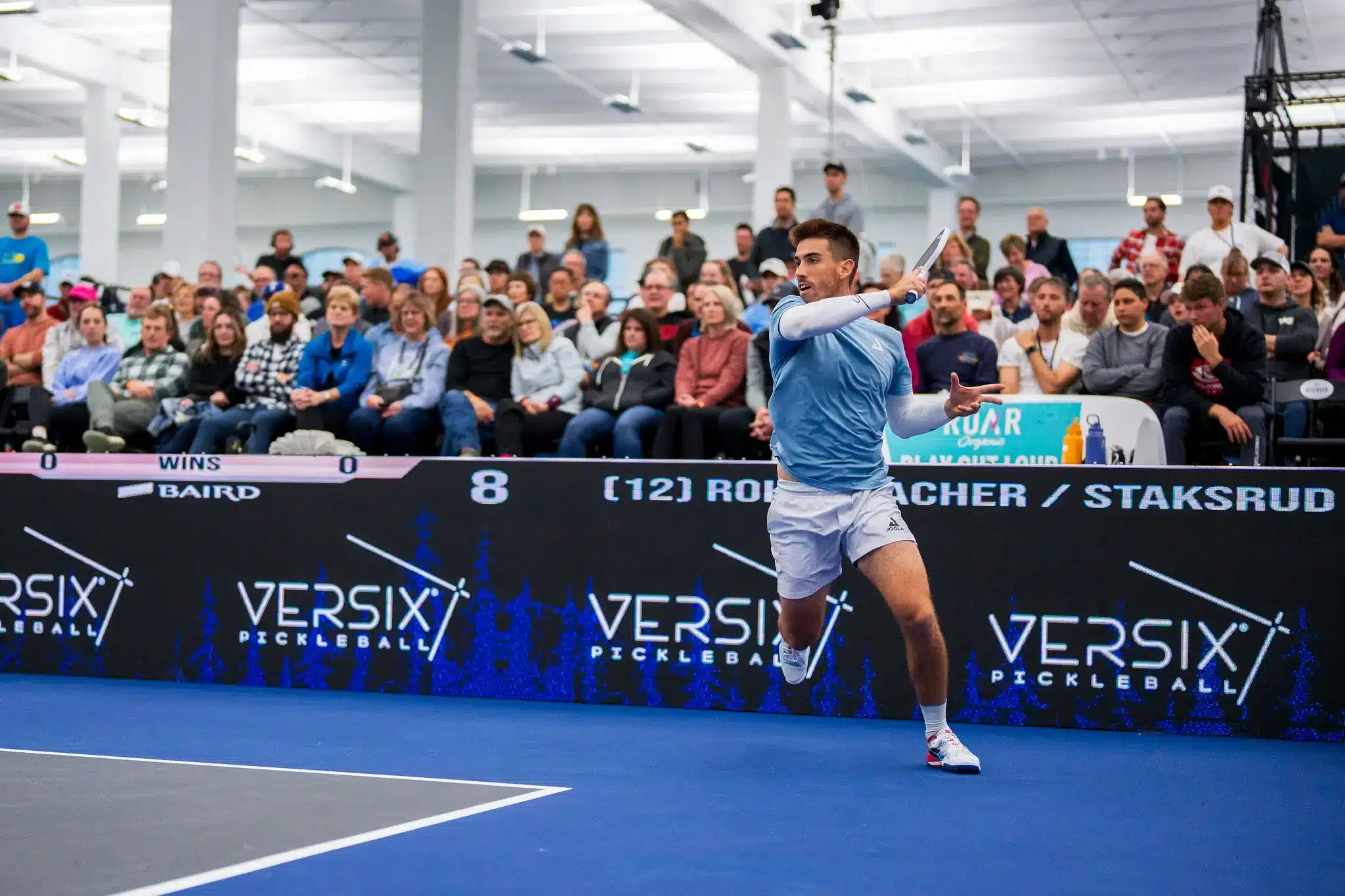
There are wide and varied opinions on the question of what the most-important shot in pickleball.
Since pickleball is so popular, and so many new people are coming into the game, the nuance of the dink, drop or even the third shot are all important, and there could be a number of viable answers, but for the beginner-level to intermediate-level player, the return of serve is the most crucial shot in the game.
The Most Important Shot in Pickleball
While the serve and the third shot in pickleball are critical and can be massive difference-makers, both of those shots happen when the team is serving, meaning, if they aren’t executed well and result in faults, the other team doesn’t receive a point.
If the second shot, or the return of serve, isn’t executed effectively, the receiving team will often give up an easy point.
A good return of serve is the best way to neutralize a good team as well as keeping the serving team from scoring points. Because the serving team has to wait for the ball to bounce before initiating a third shot, the returning team can create a number of options, so with that in mind, for beginners and intermediate players, there isn’t a shot more impactful in determining the outcome of a rally more than the return of serve.
When Returning the Serve:
Remember, the serving team is the only team able to score points, so any return – good, bad, short, long – not into the net or out, is better than the alternative.
Giving away a “free” point by hitting the ball into the net or out, is costly and can lead to a quick victory by the other team. Limit mistakes on the return of serve. Be conservative if necessary, but getting the ball in play is the most-important thing.
Now, that you know the return needs to be in, what can you do to make it better?
Well, consider the fact the return of serve can shift the momentum of the rally in favor of the receiving team.
The receiving team already has one player at the non-volley zone line while the serving team has none. When both players reach the line before the serving team, it can create a huge advantage, forcing the serving team to have to be more precise and intentional with their next shot.
Getting both players to the non-volley zone line makes things most-difficult for the other team, so when a player returns serve, he or she should move directly to the non-volley zone line and join their teammate.
One way to get to the line and be ready for the next shot by the serving team is to return the ball to the back portion of the court. When hit effectively to the back, the returner is achieving the goal of keeping the serving team back off the non-volley zone line, because they have to wait on the ball to bounce before moving forward.
This can be done by hitting the ball fast or slow, however, more importantly, if the returner wants to give himself or herself more time to get to the non-volley zone line, a “softer,” slower shot that is higher and deeper will allow for a more accessible move to the non-volley zone
The entire goal is to get to the non-volley zone line, so a good, solid, deep return will be the most-effective way to achieve this, so, don’t “lose” to the net and don’t “lose” to the sideline. Beginning players should be conservative on returns, aiming for the middle of the court, and the deeper on the serving side of the court, the better.
But what if …
If the return of serve isn’t valued as an important shot, the serving team will have a massive advantage, could even get to the non-volley zone line quicker and be able to add points to its tally.
A short return of serve allows the serving team to move forward. A fast return of serve might be powerful, but because it gets to the serving team so fast, it may keep the returner from being able to advance to the non-volley zone line quicker than the serving team’s advance to the non-volley zone. And of course a return of serve that goes long or wide is an easy point for the serving team.
The Goal of a Good Second Shot
The longer a team remains away from the non-volley zone line, the less of a chance it has to win the rally. That’s why the return of serve is so crucial.
A good return of serve means both players are in the most-advantageous situation and in the best position to keep the serving team back. The quicker the return team gets to the line the better. And there’s a significant chance when this happens that the serving team never is able to move completely to the non-volley zone on its side of the court, due to the fact the return team will likely be able to keep the serving team back by volleying the ball.
The goal is to get to the line. The best way to do that is to take control of the return of serve, by hitting it deep and giving your team a chance to move up.
A strong return of serve also can have a positive mental impact on the return team while frustrating the serving team. It can boost confidence and shift momentum early in the rally. For the serving team, a well-executed return of serve sometimes creates doubt and can lead to adverse focus and performance on subsequent shots in the rally. The return of serve plays a pivotal role in dictating the result of the rally.

